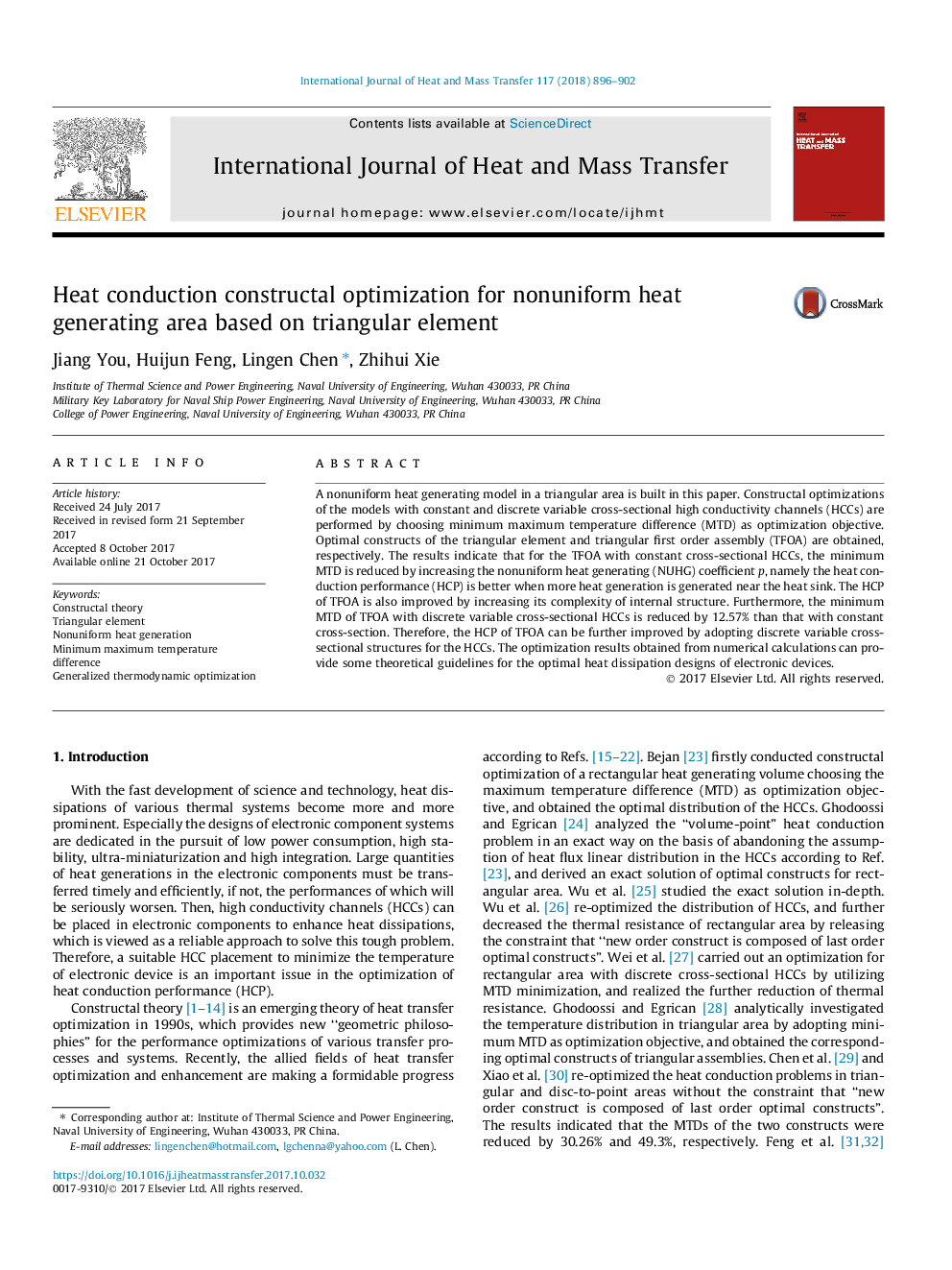| Article ID | Journal | Published Year | Pages | File Type |
|---|---|---|---|---|
| 7054617 | International Journal of Heat and Mass Transfer | 2018 | 7 Pages |
Abstract
The human thermal plume induced by body heat loss has a significantly impact on human thermal comfort, contaminant transport and indoor air quality. Few studies focused on the temporal unsteady characteristics of human thermal plume. In this study, the human thermal plume generated by a heated manikin was measured in a 7-row cabin mockup by mini particle image velocimetry (mini-PIV) system; and its unsteady and chaotic behavior was determined out of statistical and chaotic method. Probability density distributions of velocity time series of human thermal plumes presented Gaussian mixture models with two peaks, which substantiated the oscillating characteristics of human thermal plumes. The energy region of the human thermal plume was concentrated between 0.1â¯Hz and 10â¯Hz determined out of the power spectrum analysis, and the power spectrum exponent of the human thermal plume above the head ranged from 0.9 to 1.2. Evolution of phase space reconstruction of velocity time series from single-spindle to double-spindle revealed the human thermal plume presents obvious autocorrelation and oscillating behavior qualitatively. In addition, the fractal dimension of human thermal plumes overhead ranged from 6 and 12 without integers and Kolmogorov entropies of analyzed points were all larger than zero indicating the human thermal plume was kind chaotic airflow quantitatively.
Related Topics
Physical Sciences and Engineering
Chemical Engineering
Fluid Flow and Transfer Processes
Authors
Congcong Wang, Junjie Liu, Jiayu Li, Fei Li,
